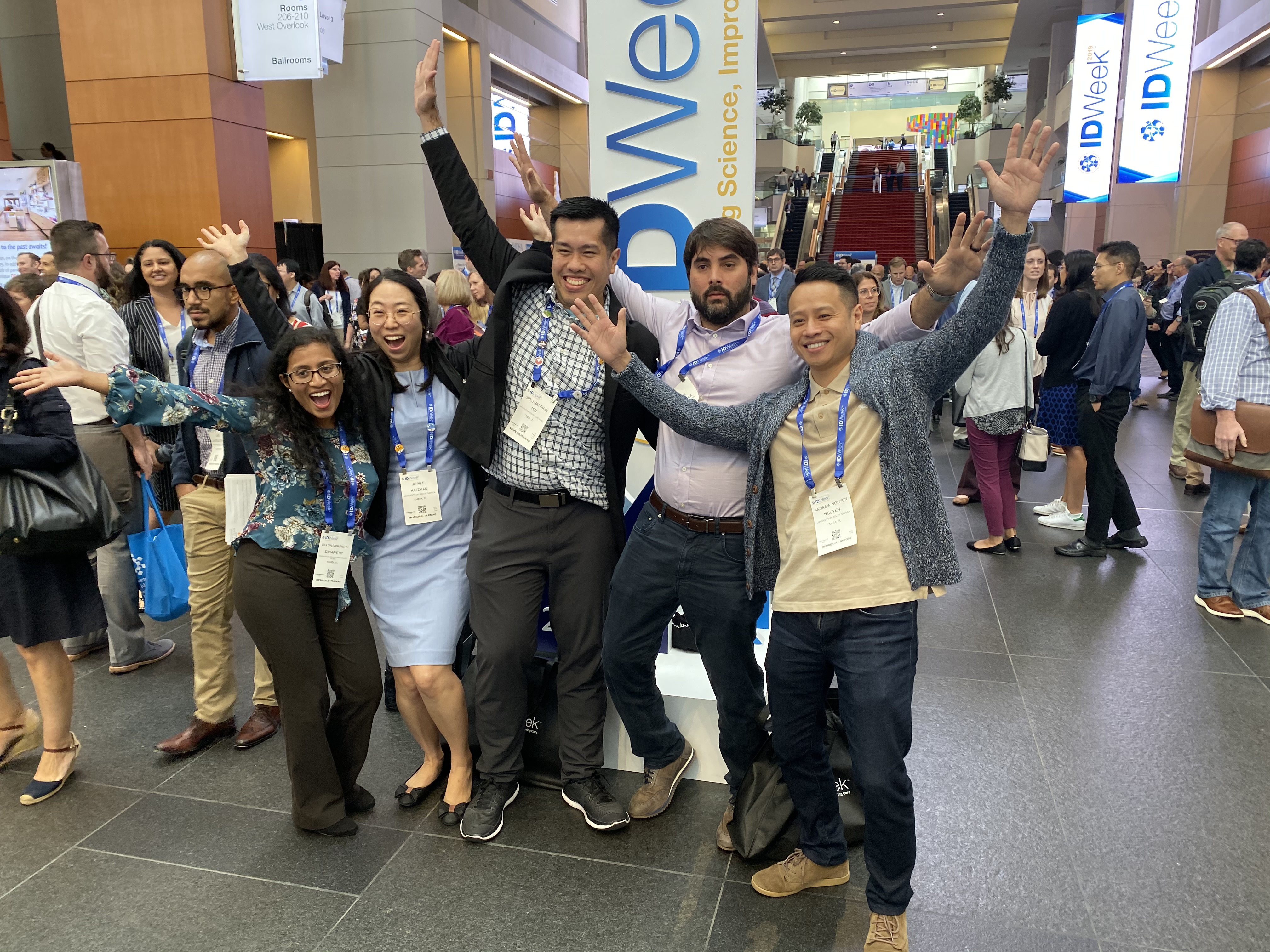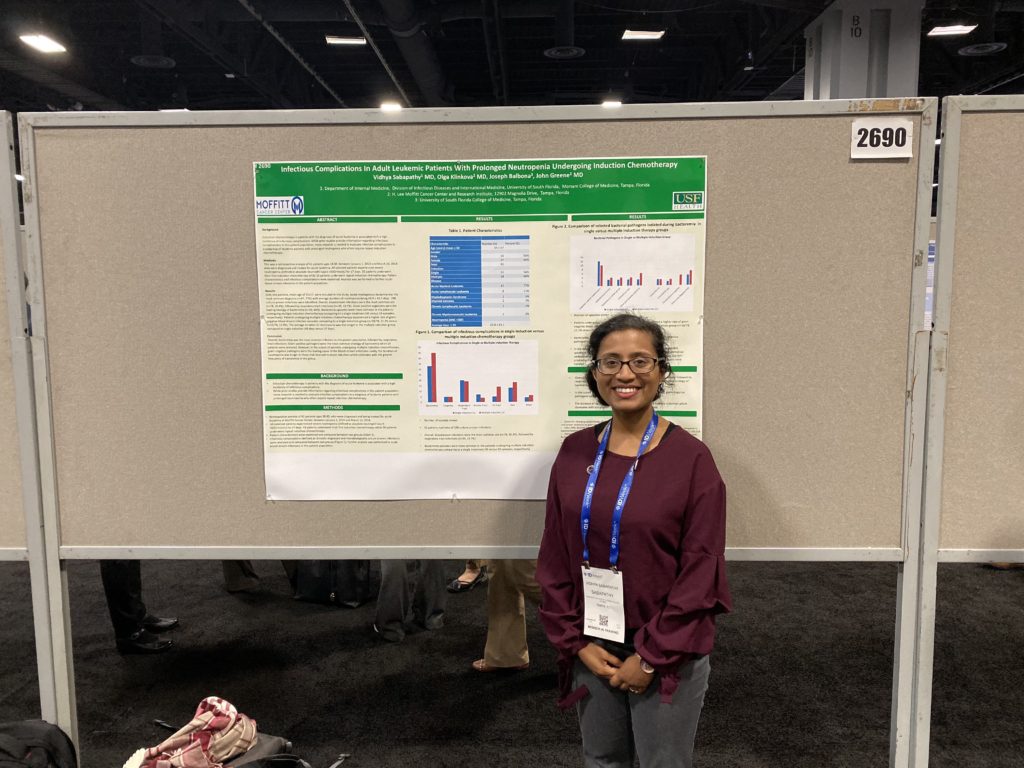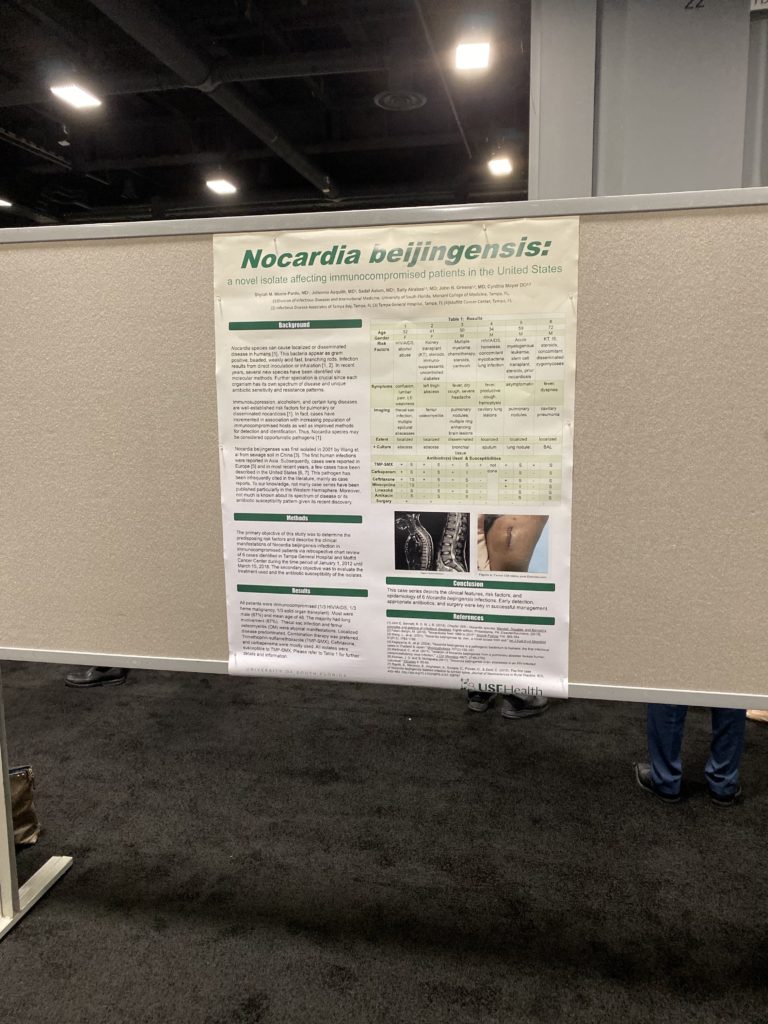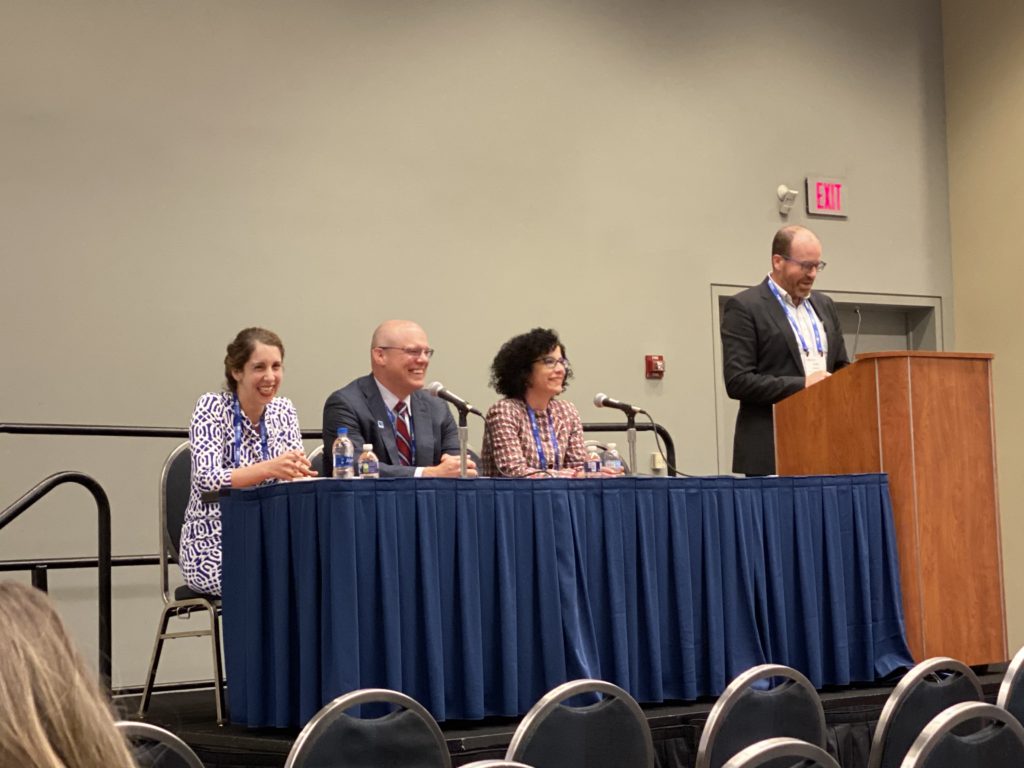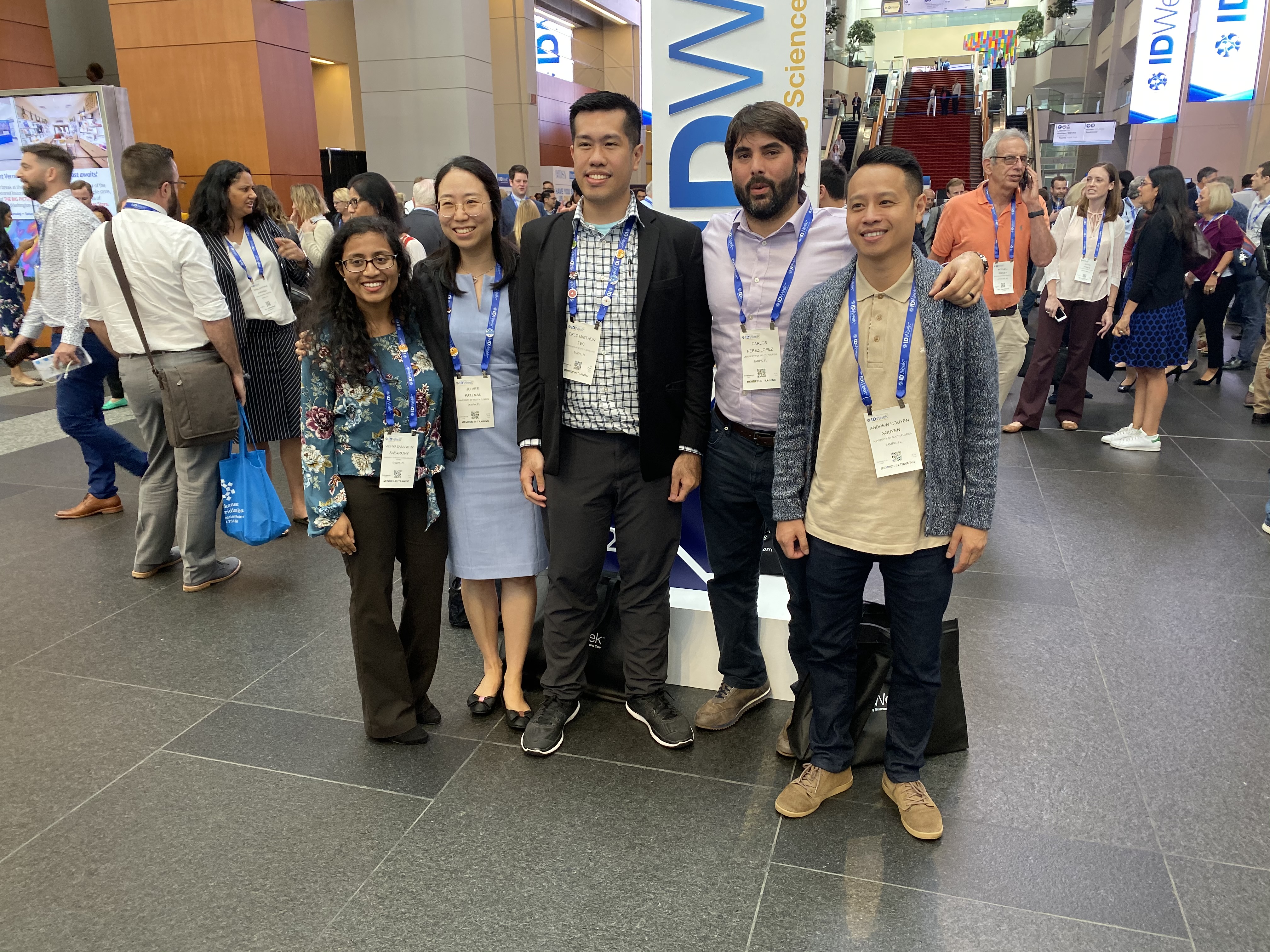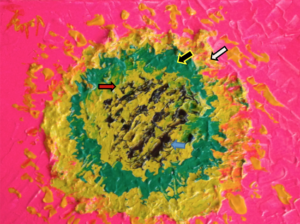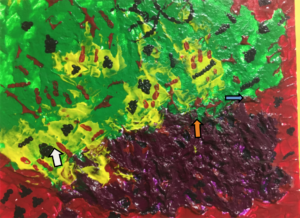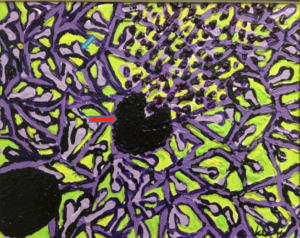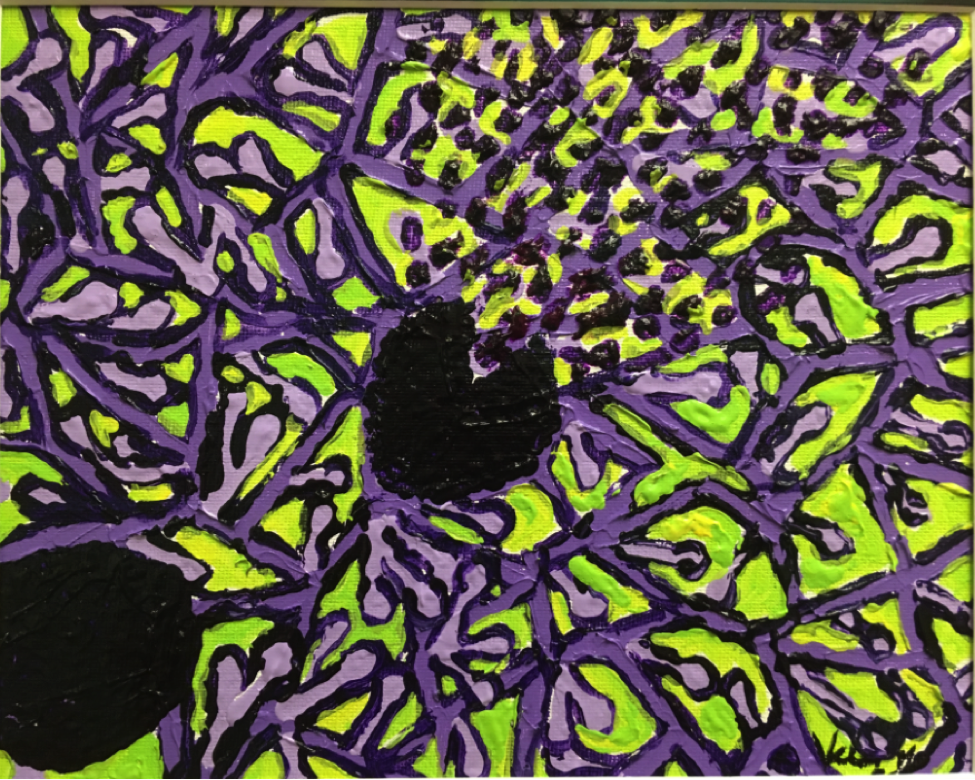Tampa, FL, US. March 16. USF Health Infectious Diseases specialists and IDPodcasts contributors Dr. Richard L Oehler and Dr. Sandra Gompf have authored a JAMA Viewpoints article addressing vulnerabilites in the U.S. pharmaceutical supply chain. The article was published online on March 16th, 2020.
According to Dr. Oehler, “We felt compelled to write this piece because as frontline Infectious Diseases providers, our patients have increasingly become the victims of the scarcity, rationing, and in some cases, complete and prolonged unavailability of some of our most critical and life-saving antibiotic agents. Over the last few years, we have personally experienced shortages of antimicrobials such as benzathine penicillin G, metronidazole, ampicillin/sulbactam, and piperacillin-tazobactam (Zosyn). After a particularly long supply interruption of Zosyn at our hospital, our curiosity got the best of us, and with a simple online search, we found that an explosion at a single plant in mainland China crippled the world’s single source for the active pharmaceutical ingredient (API) of Zosyn. Digging deeper, we found that the piperacillin-tazobactam shortages that have been ongoing for years worldwide were not an isolated event—but a symptom of a fragmented, unreliable, and flawed global antibiotic supply chain.”
Dr. Oehler continued, “The shortcomings we found in antibiotic manufacture and supply were not limited to antibiotics alone. The entire American pharmaceutical industry, in a race to lower costs, increase profit margins, and simplify domestic production, long-ago outsourced pharmaceutical manufacturing to emerging industrialized nations such as India and China. In doing so, manufacturing facilities previously within U.S. borders moved well beyond the easy reach of U.S. inspectors. Under much less pressure to adhere to stringent U.S. quality standards, they are now at the long end of a pharmaceutical supply chain that reaches halfway around the world.”
He noted, “The goal of lowering the cost of generic off-patent drugs to a bare minimum has now led to a business environment that has reduced the number of manufacturing plants of vital U.S. medicines and their components (such as benzathine penicillin G) to just a handful of facilities worldwide, mostly in China. As the world’s leading producer of pharmaceutical drugs and APIs, China now has unprecedented leverage over Western countries. In fact, our medical facilities would literally close in just a few weeks without vital Chinese-manufactured pharmaceutical compounds.”
Interestingly, as Dr’s Gompf and Oehler were drafting the article in November, 2019, they had no idea that China, the West’s primary source for most of the active pharmaceutical components used to make most pharmaceuticals, was about to confront a serious regional outbreak–COVID-19. As the novel Coronavirus spread from Wuhan, China to other Asian countries, and ultimately, to South Korea, Italy, Spain, and the United States, the strain on the world’s industrial supply chains have reached a breaking point. This is no more true than with pharmaceuticals, as the US is now facing shortages of critical drugs like hydroxychloroquine, azithromycin, and tocilizumab which have been identified as potential therapeutic agents useful to treat the SARS CoV-2 virus. The article is now contributing to the national discussion about renewed pharmaceutical manufacturing within the US and about the importance of stockpiling critical drugs.
Dr. Oehler is a Professor of Medicine at USF Health’s Division of Infectious Diseases and is IDPodcast’s Editor-in-Chief and Webmaster. Dr. Gompf is longtime Chief of Infectious Diseases at the James A Haley Veterans Hospital, one of the nation’s largest VA facilities. Drs. Oehler and Gompf have more than 45 years of combined experience in the practice of Infectious Diseases and in the training of infectious diseases fellows.
The article can be found here:
https://jamanetwork.com/journals/jama/fullarticle/2763318
